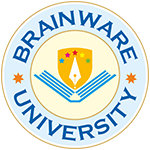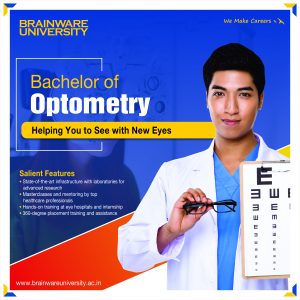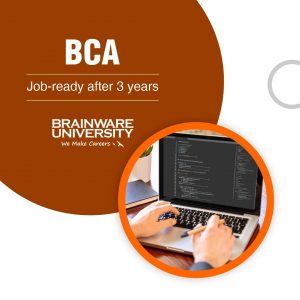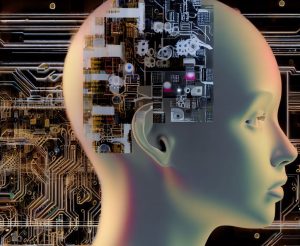
A health technology is the application of organized knowledge and services in the form of devices, medicines, vaccines, procedures and systems developed to solve a health problem and improve quality of lives. For example a runners, lower-limb amputees and back-pain patients, Bionic Healthcare delivers shoe components (sensors, sole, app) that has sensors and together with a smartphone can offer real time changes to the shoe properties in order to avoid injuries and degeneration of the musculoskeletal system.
- Biochip Technology: Digital Microfluidic Biochips (DMFB) has become very popular in the present day for biochemical analysis or bioassay operations. This biochip is also called lab-on-a-chip or bio Micro-Electro-Mechanical-System (MEMS) as it replaces highly repetitive laboratory tasks by replacing traditional large lab equipments with composite micro-system. It offers the advantages of design flexibility, higher sensitivity, smaller size and lower cost. In last few years biochips and bio-MEMS grab the attraction of a huge number of researchers.
The basic idea of microfluidic biochips is to integrate all necessary functions for biochemical analysis onto one chip using micro-fluidics technology. Combined functions include microfluidic assay operations and detection, as well as sample pre-treatment and preparation. There are two different classes of microfluidic biochips, namely continuous-flow biochips and droplet-based microfluidic biochips. Alternatives to closed-channel continuous-flow systems include novel open structures, where the liquid is divided into discrete, independently controllable droplets, and these droplets can be manipulated to move on a substrate. Electrowetting-on-dielectric (EWOD) and Micro-electrode dot array (MEDA) also referred to as digital microfluidic biochips, has received considerable attention in recent years.
- ENCODE (Encyclopedia of DNA Elements): The goal of the ENCODE is to identify all purposeful elements in the human genome sequence. For use in a pilot project, defined regions of the human genome – corresponding to 30Mb, roughly 1 percent – have been carefully chosen. These regions will serve as the foundation on which to test and evaluate the effectiveness and efficiency of a diverse set of methods and technologies for finding various useful elements in human DNA.
- Full-length cDNA(The Mammalian Gene Collection): The goal of the Mammalian Gene Collection (MGC) is to identify, sequence and make available to the research community, one representative, full-length (full open reading frame) clone for every human and mouse gene. The MGC website offers information about the confirmed, full ORF clones and cDNA libraries, and labels how to access the resources. The MGC is a trans-National Institutes of Health (NIH) creativity co-led by the National Human Genome Research Institute (NHGRI) and the National Cancer Institute (NCI).
- Model Organisms for Biomedical Research:Provides information and related links for trans-NIH model organism initiatives and their related funding opportunities.
- Robotic Leg Prosthesis: This powered robotic prosthesis senses a person’s next move and offers powered assistance to achieve a more natural gait.
- Blood Clot Emulator: A blood clot emulator can be used to optimize ventricular assist devices to decrease the risk of blood clots.
- Artificial Kidney: An artificial kidney could be used in place of kidney dialysis for handling of end-stage kidney disease.
- Interstitial Pressure Sensor: Interstitial pressure sensor could help doctors regulate optimal times for delivering chemotherapy/radiation to cancer patients.
- Glucose-Sensing Contacts: Glucose-sensing contacts could provide a non-invasive solution for continuous blood sugar monitoring.
- Spinal Stimulation for Paralysis: Electrical stimulation of the spinal cord is being used in individuals with paralysis to help restore voluntary movement and other function.







